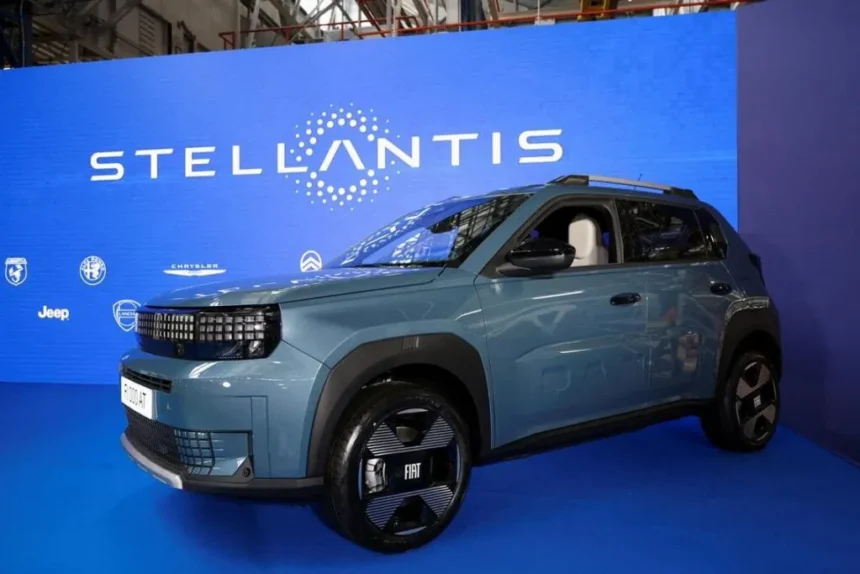At FinancialMediaGuide, we note – Stellantis is entering a phase of active transformation. CEO Antonio Filosa, who took charge of the automaker in June, has initiated a large-scale reshuffle of the company’s top management. These personnel changes are aimed at overcoming two years of declining sales and profits while preparing for a strategic renewal expected in the first half of 2026.
According to Filosa, the new appointments are intended to “strengthen the leadership team and lay the foundation for the company’s future success.” At FinancialMediaGuide, we view these changes as part of a broader strategy – to rebuild Stellantis’ operational structure amid increasing market challenges, including weak European demand, the transition to electric vehicles, and growing competition from Chinese automakers.
One of the key moves was the appointment of Emanuele Cappellano, previously head of Stellantis’ South American division, as head of “Enlarged Europe and European Brands.” He replaces Jean-Philippe Imparato, who will now focus on revitalizing the Maserati brand – one of the group’s most problematic assets. Cappellano will retain control of the Stellantis Pro One commercial division, while his South American position will be filled by Herlander Zola, known for his expertise in optimizing production chains across the region. As our analysts at FinancialMediaGuide emphasize, these shifts signal the company’s strategic bet on executives with hands-on crisis management experience.
Another major step is the return of Francesco Ciancia, who will assume the role of Global Head of Manufacturing on November 1. Ciancia returns from Mercedes-Benz, where he oversaw van operations, bringing over 20 years of experience at Fiat Chrysler and Stellantis itself. He will replace Arnaud Deboeuf, who is leaving the company. In our view at FinancialMediaGuide, this appointment underscores Filosa’s drive to improve operational efficiency and reduce production costs. The persistent underutilization of Stellantis’ plants in Italy and France remains one of its structural weaknesses, and the new production chief is expected to address this issue decisively.
Among other appointments are Ralph Gilles, named Global Head of Design, and Gregoire Olivier, who will oversee the China and Asia-Pacific region. Both positions are pivotal for Stellantis’ long-term strategy – China remains the world’s fastest-growing automotive market, while a refreshed design direction is essential for restoring the company’s competitiveness against Tesla, BYD, and Hyundai.
At Financial Media Guide, we believe Filosa’s personnel policy reflects his intent to shape a new-generation leadership team – flexible, international, and capable of operating effectively amid structural shifts in the global auto industry. These actions align with the development of Stellantis’ upcoming long-term strategy, expected to prioritize innovation, electrification, and financial discipline.
Our conclusion: Stellantis is betting on internal consolidation and strengthening its management structure before unveiling a new strategic course. If the renewed leadership team succeeds in implementing the restructuring plan and reviving sales growth, Stellantis could regain investor confidence and reinforce its standing in the global automotive market. Otherwise, the company risks remaining among those automakers that failed to adapt to the new realities of the global industry.













